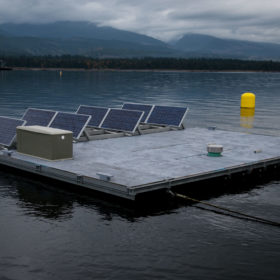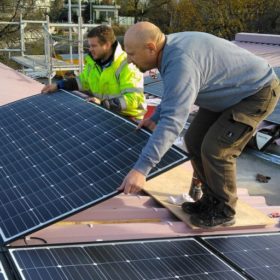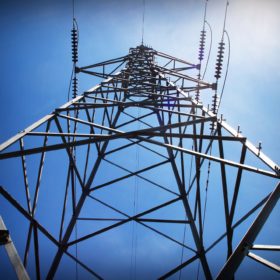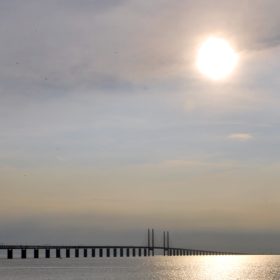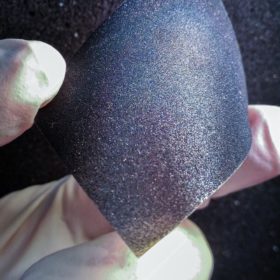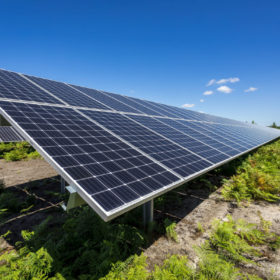UK water company seeks solar power from large scale, rooftop and floating plants
Southern Water has issued a request for information about sourcing solar power through bilateral power purchase agreements. The company is considering buying electricity from generation facilities on its sites in southern England.
Residential solar set new US record in the last quarter with 712 MW
The U.S. residential solar market – and 15 states – are at record highs according to analyst WoodMac’s ‘don’t call it a comeback’ Q3 report, driven by new market forces. The research firm held its 2019 U.S. solar forecast at 13 GW.
Hydrogen production as an antidote to grid constraints in northern Netherlands
Dutch transmission system operator Enexis, gas provider Gasunie and oil company NAM are considering diverting excess solar capacity in Drenthe province into hydrogen production. The companies are assessing which wind and solar projects may have been excluded from the grid.
Eastern Spain to host 1.58 GW solar park
Spanish energy company Endesa is planning to build a 1,725 MW renewable energy complex in the Spanish town of Andorra, in the province of Teruel. The €1.48 billion project is set to comprise 1,585 MW of solar generation capacity, 139 MW of wind turbines and a large scale storage system, and will replace coal power plants Endesa wants to close in Andorra (Teruel) and Compostilla (León).
Danish merchant solar set for take-off – at former airfield
A week after the Danish government announced it may stop holding auctions for new solar and wind capacity a 155 MW unsubsidized solar project has been announced for the Jutland region. The plant will initially sell electricity to the Nordpool electricity market but its developers are also considering private supply deals.
Aquavoltaic potential in Taiwan
Scientists have developed a new mathematical model which indicates floating solar on fish farms could be a lucrative option in land-scarce Taiwan. Although floating arrays could hinder fish production, the losses would be largely compensated by electricity-related income.
New kesterite solar cell with 8.7% efficiency
Estonian researchers have developed a new monograin powder technology made of microcrystals, which can form parallel connected miniature solar cells in a large module. By replacing copper with silver in the absorber material, the researchers were able to increase the efficiency of the cells by more than 2%.
Engie secures solar PPA in France, vows to shut 1 GW of coal in Latin America
At the ongoing COP25 summit in Madrid, the French energy group announced the closure of nearly 1 GW of coal assets in Chile and Peru between 2019 and 2024. It also secured a PPA for an 18 MW solar park that will come online in southern France in June 2021.
New transparent solar cell for window applications
South Korean scientists have transformed an opaque crystalline silicon solar cell into a transparent one by punching holes into it measuring around 100 μm in diameter. A neutral-colored, transparent c-Si substrate was used to develop the new cell, which is said to have an efficiency of up to 12.2%.
100% renewables means 95% less water consumption for conventional power generation
According to a new study by Finland’s LUT University, solar PV consumes between 2% and 15% of the water that coal and nuclear power plants use to produce just 1 MWh of output; for wind, this percentage ranges from 0.1% to 14%. Under the researchers’ best policy scenario, water consumption could be reduced by 75.1% by 2030, compared to 2015 levels.
